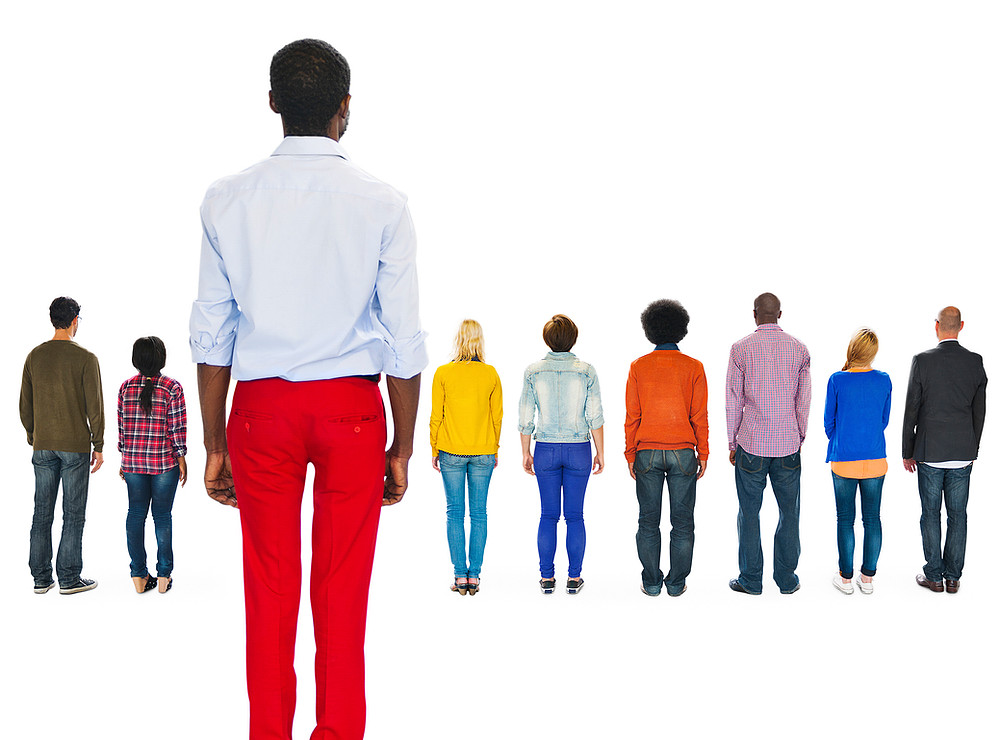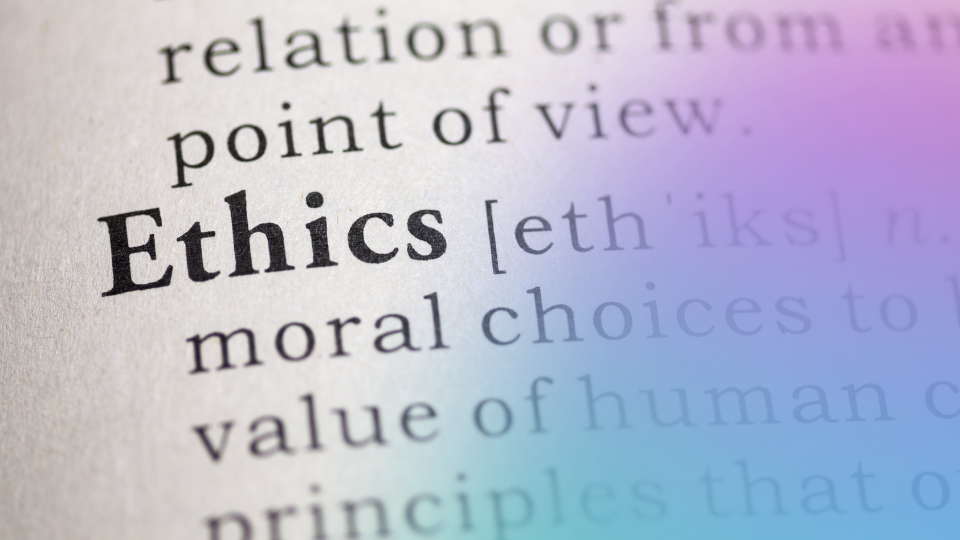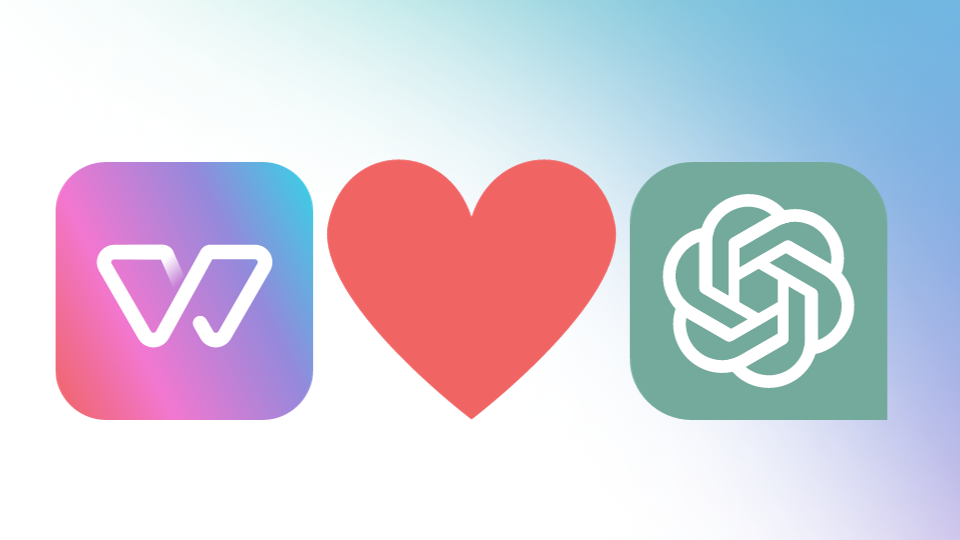We have sensitivity trainings, social listening, persona studies, and buying histories so complete they veer into scary. With an avalanche of data at their fingertips, brands should be better than ever at engaging with more diverse audiences. So, why aren‘t they?
In this blog post, I should be talking to you about inclusive writing. And I will, eventually. I promise. Before we go there, I would like to share a few things I learned about myself during the lockdown.
It took a video conference to learn I’ve been in the closet about my age. After years of happy email-only collaboration, a project manager got his very first look at me in a virtual meet-and-greet. He bypassed “Hi” and went straight for “Jeez, we all thought you were, like, 30 and blond.”
Suddenly stuck at home with time on my hands, I started to declutter my workspace and fix nuisances. Email subscriptions addressed to Mr. Evans were the first to go. One in three newsletters is gone. I hadn’t realized how much misgendered emails irritate me – and how frequent they are.
In November, an interviewer in market research asked me – rather kindly, I might add – to state whether I was “male, female, or other.” We’d been on the phone for 20 minutes. I still don’t know how they expected me to answer.
Over the past 18 months, I’ve grown more sensitive to messaging that draws on otherness for comic effect. For weeks, I ogled a sleek-looking software tool. I was in love right up to a blog post about how they aimed for a UX even a grandmother would get.
Four little stories, four touchpoints, and in all of them, something was irretrievably lost. As we settle into a new normal, economies and communities struggle to understand the impact of the pandemic. The last 18 months have sharpened my eye for the culture and ethics of the businesses and brands around me. The challenges of the pandemic haven’t reshaped my personal values, but I see myself more likely to act on them. My guess: I’m not the only one.
Reach out to me. Invite me in.
Any form of communication constructs a virtual audience by referencing shared ideas, concepts, and experiences. People scan these references and the language used to express them. Gender indicators, for example, influence whether we feel included or not. In every one of my four brand experiences, inclusive and bias-free language could have removed some, if not all, barriers that – however inadvertently – excluded me from the intended audience.
This blog post is not about how brands need to be more careful in talking to me. It’s tempting to mistake inclusive and bias-free language for a fashionable way of promoting politically correct language. It’s not. Political correctness aims to not give offence by avoiding slurs and derogatory terms. Inclusive, bias-free language is about more than just vocabulary choices. It’s about inviting people in by framing ideas to be mindful of their identities and diverse experiences and perspectives.
Demographics are changing rapidly. The numbers are fascinating. According to a 2018 Pew Research Center analysis, at 48%, the “post-Millennial” generation in the U.S. is already the most racially and ethnically diverse generation. At the same time, people born between 1946 and 1964 continue to account for more than half of all U.S. consumer spending (Harvard Business Review, 2020). Some 10 percent of the world’s population are left-handed. According to the CDC, 1 in 4 adults in the U.S. has some type of disability. Depending on age group and sociopolitical context, the percentages of people who see themselves on one of the LGBTAQ+ spectra can vary vastly. In a British 2015 YouGov study, almost half of 18–24-year-olds self-identified as not 100% heterosexual.
Diversity marketing has proven so successful it is taught in marketing schools. With more access to data, our understanding of the diverse perspectives of target audiences is better than ever before. So, why do so many marketing initiatives fail to reach me?
Talk to me. Make me care.
A single question defines my relationship with a brand: Can you make me care? Brands that show appreciation for diversity earn customer loyalty and generate more interest with talent from diverse backgrounds. They express their appreciation through inclusive and bias-free communication, which, in turn, helps these brands broaden their reach. As a consumer, I appreciate how they talk to me, include me, and respect my (probably) differing viewpoints and experiences.
Change can feel like a long uphill struggle.
As someone working in communications, I freely admit, overcoming bias and deeply entrenched communication habits across an organization can feel like a long and exceedingly tricky uphill struggle. In my line of work, every single copy approval for anything from job ads to website content is an opportunity for more diverse and inclusive external communications. I’m deeply grateful for top-down support in the organizations I serve. Top-down support makes it easier for change ambassadors to advocate with stakeholders for diverse experiences and perspectives (and for me to discuss the implications of messages, words, and phrases). Celebrating even the tiniest win for adequate representation helps to stay motivated.
You and I, we’re writing the playbook together.
I like to think of learning to be inclusive and bias-free in writing as a 3-step program. The first step is to acknowledge that we all have biases. The second step is to understand that the experiences and values that shape the lens through which we view our world are different for everyone we meet. The third step is the hardest and the scariest (and the most fun) because there is no playbook. We’re still exploring, experimenting, and negotiating how to best use language to include rather than exclude audiences. In languages with grammatical gender systems, like German, newly created gender-neutral and gender-inclusive terms can feel exceptionally awkward (until you get used to them). It’s a work in progress.
Like any language, inclusive and bias-free communication takes time to learn. We need to reevaluate all the words we use for individuals and groups. We need to reframe concepts and ideas. There are tools and resources to help us. And once we’ve grown our toolkit to include what we typically need in everyday communication, we’re fluent.
If you are looking for a digital writing assistant for inclusive language, try out Witty for free. Witty detects non-inclusive language and provides ongoing training on unconscious bias and operationalizes inclusion.
 Tracey is a translator and copywriter in B2C and B2B communications. She helps build the language database for Witty Works’ inclusive communication software. Reach out to her if you want to discuss playbooks. And, if you’re a brand, she’s looking forward to you making her care.
Tracey is a translator and copywriter in B2C and B2B communications. She helps build the language database for Witty Works’ inclusive communication software. Reach out to her if you want to discuss playbooks. And, if you’re a brand, she’s looking forward to you making her care.
Sources:
4. Papadatou-Pastou, Marietta; Ntolka, Eleni; Schmitz, Judith; Martin, Maryanne; Munafò, Marcus R.; Ocklenburg, Sebastian; Paracchini, Silvia (June 2020). “Human handedness: A meta-analysis”. Psychological Bulletin. 146 (6): 481–524. doi:10.1037/bul0000229. PMID 32237881. S2CID 214768754.
5. Disability impacts all of us. Centers für Disease Control and Prevention (CDC)
6. 1 in 2 young people say they are not 100% heterosexual. 2015, YouGov.




